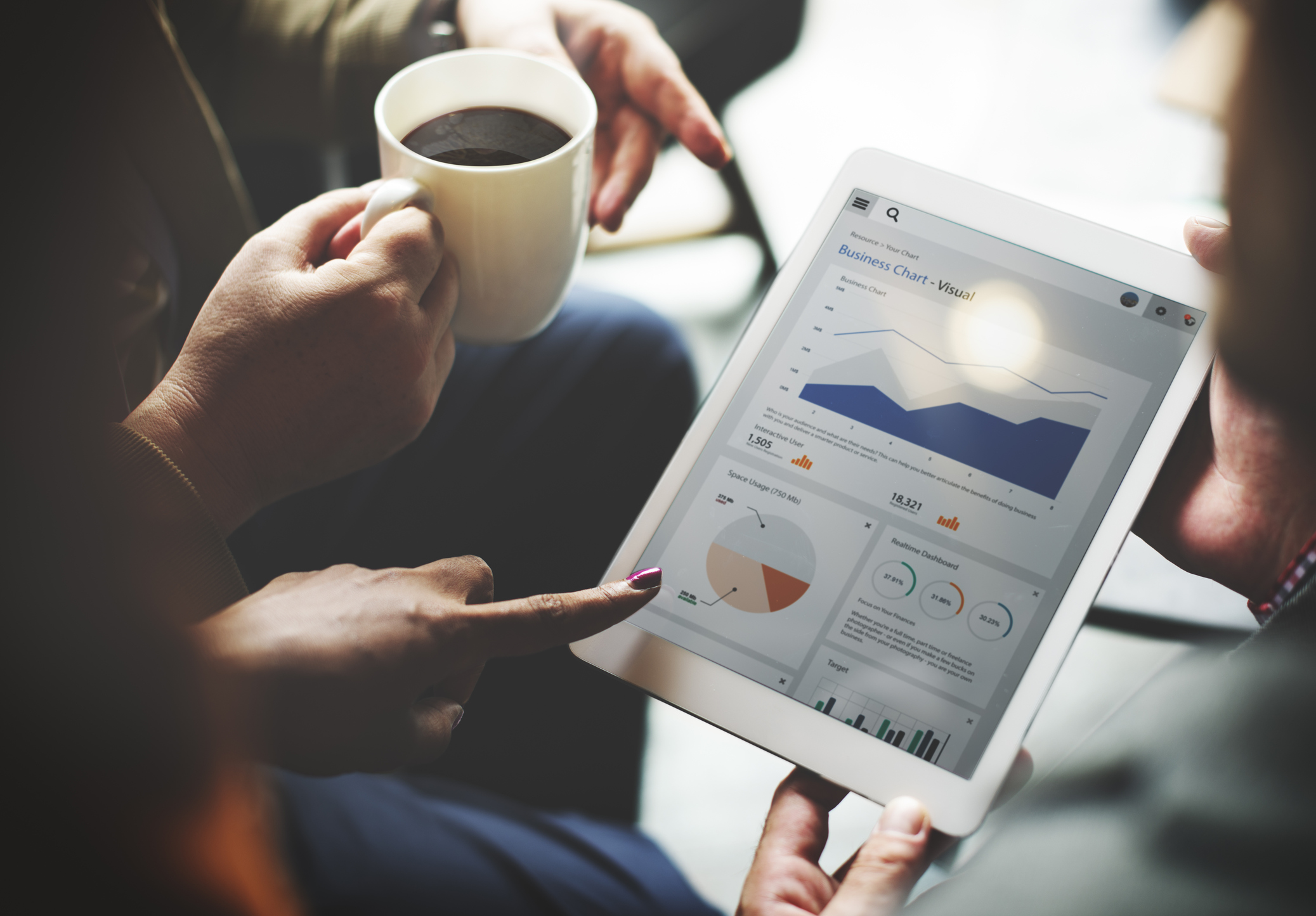
Introduction
For the last twelve months the average inflation rate has been between 10% and 15% for most countries across the globe, making it the highest it’s been since the early 1980s, so understandably most CPG companies have focused on price as their commercial priority. However, now that analysts predict the worst of the inflationary pressures are past, can manufacturers and suppliers also move on?
Maybe many CPGs are breathing a sigh of relief that the worst is behind them: It’s been a difficult twelve months of painful negotiations, pressure on margins, and less focus on possible growth opportunities. First, we recommend there is a pause for reflection.
During this pause, there are three key questions to ask and consider:
- Did the business navigate inflation and set the right prices?
- Did trade spend increase during this period?
- Was the optimum promotion plan reached, and is it still the optimal plan?
Did the business navigate inflation and set the right prices?
It’s not been a walk in the park for anyone, but for global leaders with world-class pricing strategies like Apple and McDonalds’ it was relatively straightforward; for some, it has been a manageable challenge; for others, it has been a monumental shock to the system.
For those who found it a huge shock or failed to recover from the inflation, and now see lower margins than before, it’s worth asking themselves if perhaps it highlights a lack of proficiency and/or processes to adapt commercial approaches correctly during challenging times.
In the last 20 years many big companies, especially in FMCG, have been working to increase the importance of RGM in the organisation and build related capabilities, greatly improving their processes as a result.
If margins have not been fully recovered, don’t worry it’s not too late. There is still work that can be done to review and define an “optimum” price: analysing how the market has reacted, calculating the ROI of the product range, and improving the negotiation capabilities and confidence of sales teams.

Did trade spend increase during the last 12 months?
Retailers typically default to three core inflation responses, fighting for their shoppers – such as “always on promos”, negotiating more strongly with suppliers to the point of conflict, and maintaining higher cash flow levels. Tackling the big profit challenge will be no1 for retailers in 2023, looking for ways to open up new revenue streams and transform partnerships with suppliers in ways to disrupt the market.
That’s one of the reasons why usually, after price increases, and especially if they are significant, trade spending also increases. This is due to any increased margins being re-invested by sales teams with traditional retailers in trade terms, the re-investment made to smooth the cost price increases, or to increase promo funding caused by higher prices.
While normally it is key to ensure trade spend hasn’t increased as much as the cost of goods sold (COGs), in 2022 it probably has, moving it closer and closer to overtaking COGs as the biggest cost on your P&L. However, being able to assess this assumes that companies know what their total trade spend is, something that for many is not straightforward without a well established RGM practice.
To better manage trade spend increases, it’s vital to have a clear and accurate view of retailers’ margins and also, it’s evolution over the years. Especially since both parties want to minimise the shelf price increases and keep shoppers loyal.

Was the optimum promotion plan reached, and is it still the optimal plan?
As mentioned previously, promotion funding is probably already going up significantly this year as a result of the price increases. The good news is that promotion funding is perhaps the most variable cost on your P&L, and so, in most markets it’s possible to have significant control over it.
If the majority of the promotion mechanics used are discounts, such as; save 10%, 33% off, or half price – then the level of discount, and the related funding percentage, shouldn’t have changed in the last 12 months. However, for companies who run set price mechanics and multi-buys, these metrics will have gone up a lot, unless it was possible to change the promo mechanics significantly.
Regardless of the impact on these metrics however, the overall market changes are likely to have evolved shopper behaviour also. This means that what used to be a good performing promotion in the past, may not be anymore.
If the company promotion strategy is along the lines of: “What we did last year, with a few tweaks….” then it is highly likely to be wasting millions on inefficient and sub-optimal promotions.
The silver lining is that, when it is possible to correctly analyse these promotions, then it’s possible to understand exactly where promotion strategies are failing, and most importantly why. This opens up the opportunity to implement corrective actions that will minimise, or even recoup what is currently being lost.
Conclusion
The best time to have focused on RGM tools and capabilities would have been 18 months ago. That way, there would have been access to detailed promotion ROI, price elasticity, and trade margin data. It could also have been possible to see COG increases as more of an opportunity to beat competition, than as a threat to the business.
Since it’s not possible to turn back time, then the next best time to focus on embedding RGM tools and capabilities is now. And even if after reflection, it feels that pricing was set optimally, trade spending and promo plans will have changed, and now need to be taken care of. Focus on getting all three right in 2023, and it could well be the best year the business has ever had.

Evert Verlinden
Head of RGM Product, XTEL

The XTEL Global Revenue Management Study 2023 is live, get your copy today!
Read the studySchedule a Demonstration
All set to learn more about our Revenue Growth Management solutions and how they could help? Get in touch to organise a demo

